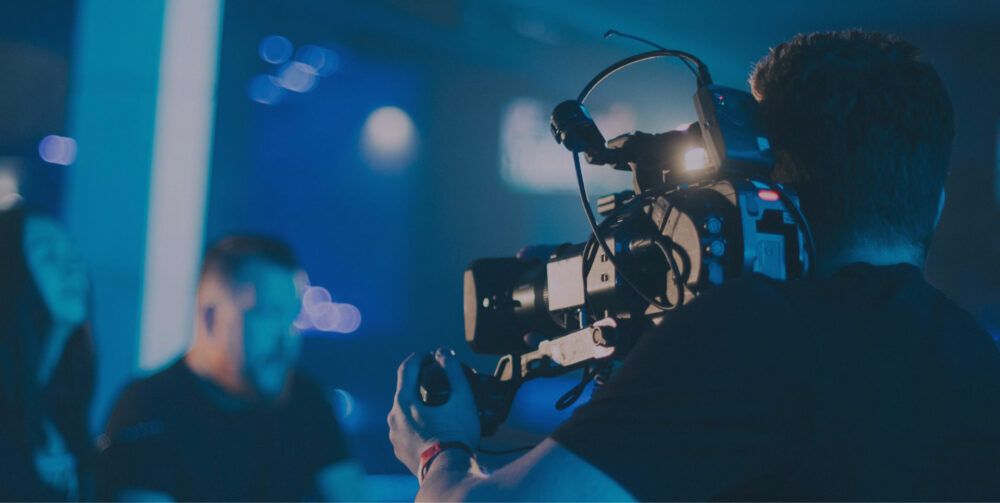
Equipment room tips (quickies): your key to zen-like asset management
Confusion in your eyes that says it all: you’ve lost control… over your equipment room (again). Maybe you or someone else put those 5-pin cables in the 3-pin-cable bin? Maybe you’re having nightmares about incomplete kits? Or you’ve somehow managed to lose track of err, inventory tracking? Whatever it is, don’t worry: there’s nothing a good equipment room quicky can’t fix. Here come the equipment room tips.
We have gathered these tips from equipment room managers around the world. Watch the video to see what their gear cages look like and hear them talk about their best equipment room tips.
A what? An equipment room quickie. As in: a quick tip. What did you think we meant? Anyhow, here’s a bunch we’ve collected after talking with equipment managers of all shapes and sizes.
The top 11 equipment room tips
- Make it a habit: Look, we get it. Sometimes, you just want to throw all that stuff in the corner and deal with it later. But let’s face it, you probably won’t. And then you’ll have to clean up the mess, and you’ll hate yourself for it. You know we’re right. So try to stay organized every single day. The more you do now, the less chance it will turn into a major task.
- Be a label mate: Put labels and tags with your branding on everything: both on your stuff, so everyone knows it’s yours when it’s in the field and users can track it and flag it, and on your shelves, so you and everyone in the gear cage knows exactly what goes where. Add arrows on shelf labels for extra clarity.
- Think inside the box: If you have lots of small equipment pieces, like filters, screws, or whatever, don’t just put them on a shelf. Buy a few boxes and group them together.
- Here’s looking at you, kit: We love kits, and you should too. Make kits for everything: the podcasting kit, the ‘let’s shoot another low-budget carpool karaoke’ kit, … If it’s typically used together, it should travel together. Bonus tip: make images of what each kit should contain. That way, everyone immediately knows what should be in it when you’re on location.
- Don’t hate, automate: Think you don’t have enough stuff to warrant investing in automated inventory tracking? That might change sooner than you think. Do Future You a favor, and start digitally tracking your assets right now: it will save you tons of time, guaranteed. And gee whaddayaknow: don’t we have just the thing for that.
- Keep rollin’ rollin’ rollin’: Moving lots of heavy stuff – amps, speakers, light systems, … – every day? Give your back a break, and put wheels under everything. And by the way, chiropractors: stop sending us hate mail.
- Always be packin’: Or at least, reserve a spot in your equipment room where you can pack stuff in and out comfortably – like a table. No room? Keep one shelf free, and add a note that says: KEEP YOUR SH** AWAY – or, you know, something a little friendlier.
- My place or yours? If you’re sharing storage space with other teams/departments/companies, you can give each group a different color. Then, get some of that fancy colored tape, and put it on the floor, so no one runs into each other looking for gear in all the wrong places.
- Stay in charge: The most dreaded notification for every camera operator: ‘battery low’. Encourage users to charge the batteries after they’ve used items by installing a pegboard with battery charging stations in the equipment room. They come in, put the batteries on the charger, and the next person in line has one less thing to worry about. Just make sure you label the batteries as well!
- Extra, extra! When it comes to gear, it’s hard not to play favorites. Every team has that one camera that gets used all the time, a mic that sounds just a tad better than the others for some reason, and a lens that just does it for you, … So why not get some extra items to build a buffer? That way, you can put the sweet stuff in kits (see 4), but also have some spare parts to mix and match.
- Get that D. By which we mean: a D-shaped carabiner. Why, you ask? Well, it’s a neat little trick to make it easier to indicate if private parts, err vital parts are missing from a kit. It’s simple: if there’s a carabiner attached to the kit, some stuff is missing, and you need to add them from the – carefully and correctly labeled – shelves. What to know more about this method? Check it out here.
And finally, not a quickie, but a passionate plea: have patience – mostly with yourself. You don’t have to have it all figured out right now. Be adventurous. Try out some new stuff and see what sticks. Change it again if it doesn’t work, or doesn’t feel good. Remember: the most important thing is that you both enjoy it. That you feel in control and that all your gear is accounted for, we mean.
Wanna taste what it feels like to be truly in control? You can try Cheqroom for free for 7 days. Ready to go all the way with us? Request a demo today.
More blog articles











